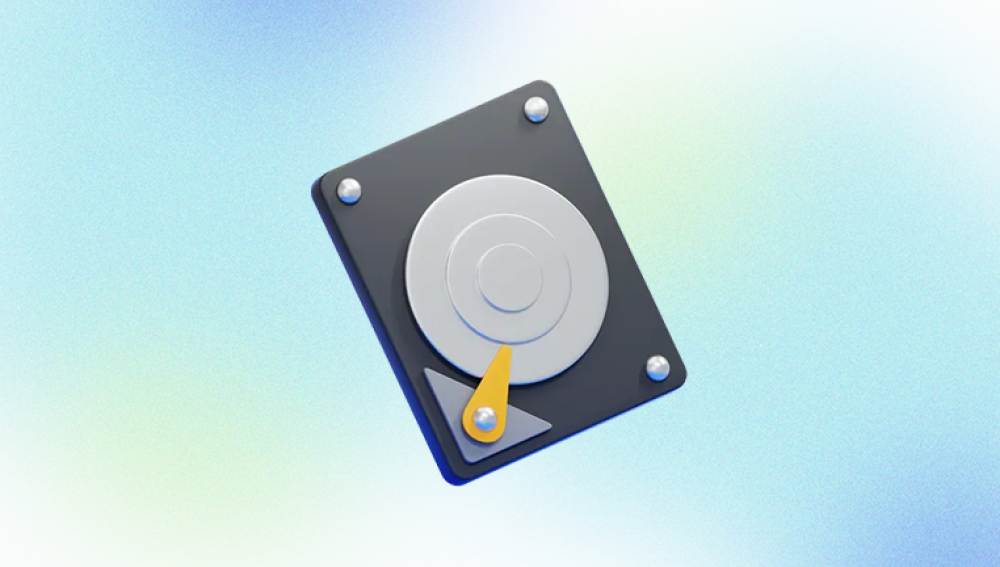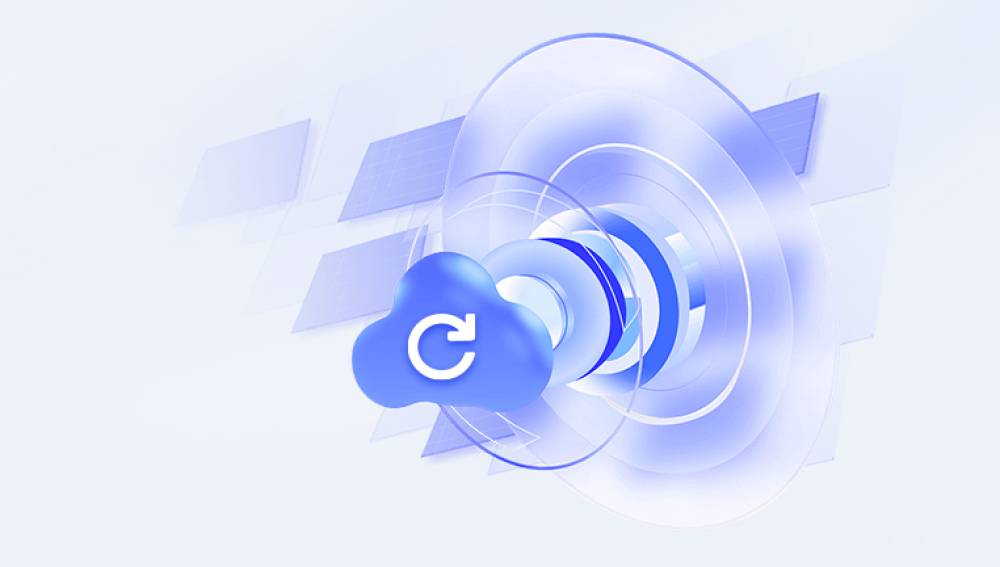Error Checking: In Windows, you can use the Error Checking tool. Open File Explorer, right-click on the Toshiba Satellite's hard drive (usually labeled as C:), and select "Properties". In the Properties window, go to the "Tools" tab and click on "Check" under the "Error checking" section. This tool will scan the hard drive for file system errors and bad sectors.
Windows Defender Offline Scan: Windows Defender Offline can perform a more in-depth scan of the hard drive. To run it, open the Windows Security app, go to "Virus & threat protection", and click on "Scan options". Select "Windows Defender Offline scan" and click "Scan". This scan will check for malware and other threats that might be affecting the hard drive's performance.

Using Toshiba's Diagnostic Tools
Toshiba PC Health Monitor: Toshiba provides the PC Health Monitor software. You can download it from the Toshiba support website. Once installed, it can perform various system checks, including a hard drive scan. It will check the hard drive's health status, including the SMART (Self-Monitoring, Analysis and Reporting Technology) data, to detect any potential issues.
HDD Diagnostic Tool: Toshiba also offers a dedicated HDD Diagnostic Tool. This tool can be used to perform a comprehensive scan of the hard drive. It can check for bad sectors, read and write errors, and other hardware-related issues. You can find this tool on the Toshiba support website or on the recovery media that came with your Toshiba Satellite.
Using Third-Party Tools
CrystalDiskInfo: This is a popular third-party tool that can provide detailed information about the hard drive's health. It displays the SMART data, temperature, and other important parameters. You can download it from the official website. It can help you identify potential problems with the hard drive before they become serious.
HD Tune: HD Tune is another useful tool for scanning and analyzing hard drives. It can perform a benchmark test to measure the hard drive's performance, as well as a surface scan to check for bad sectors. You can download a free trial version from the official website.
Repairing the Hard Drive
Repairing File System Errors
Using Windows Command Prompt: If the Error Checking tool finds file system errors, you can try to repair them using the Command Prompt. Open the Command Prompt as an administrator and type "chkdsk /f" followed by the drive letter of your Toshiba Satellite's hard drive (e.g., "chkdsk /f C:"). This command will attempt to fix any file system errors it finds.
System Restore: If the hard drive issues are caused by software changes or system errors, you can use System Restore to revert the system to a previous working state. Open the Control Panel, go to "System and Security", and click on "System". In the System window, click on "System Protection" and then "System Restore". Follow the on-screen instructions to select a restore point and restore the system.
Repairing Bad Sectors
Using Windows Tools: The Error Checking tool mentioned earlier can also attempt to repair bad sectors. When you run the tool, it will automatically check for and try to fix bad sectors. If the bad sectors are caused by logical errors, this method may be able to repair them.
Low-Level Formatting: In some cases, if the bad sectors are severe and cannot be repaired by other methods, you may need to perform a low-level formatting. However, this is a very drastic measure and should be done with caution as it will erase all data on the hard drive. You can use tools like HDD Low Level Format Tool to perform a low-level format. But before doing so, make sure to back up all important data.
Replacing the Hard Drive
Checking the Warranty: If your Toshiba Satellite is still under warranty, and the hard drive has a hardware failure that cannot be repaired, it is best to contact Toshiba's customer support and have them replace the hard drive under warranty.
DIY Replacement: If the warranty has expired, you can replace the hard drive yourself. First, you need to purchase a compatible hard drive. Make sure to check the specifications of your Toshiba Satellite to ensure that the new hard drive will fit and work properly. Then, follow these general steps:
Shut down the laptop and unplug the power adapter. Remove the battery.
Locate the hard drive compartment on the bottom or side of the laptop. Remove the screws that hold the hard drive in place.
Gently pull out the old hard drive and disconnect any cables attached to it.
Install the new hard drive by reversing the process. Make sure to connect all the cables properly and secure the hard drive with the screws.
Reinsert the battery, plug in the power adapter, and turn on the laptop. You may need to install the operating system and other software on the new hard drive.




